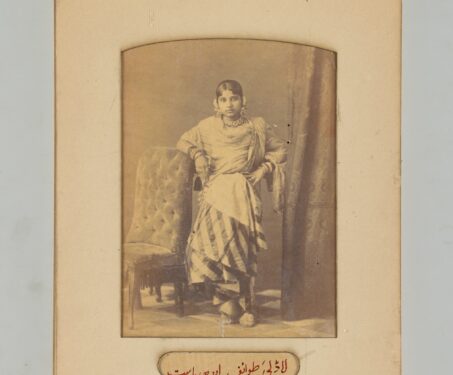

Eggs, salt & the delicious decades of albumen print photos
How albumen, a sticky substance found in egg whites, took the elite European hobby of photography and turned into a global phenomenon

How albumen, a sticky substance found in egg whites, took the elite European hobby of photography and turned into a global phenomenon
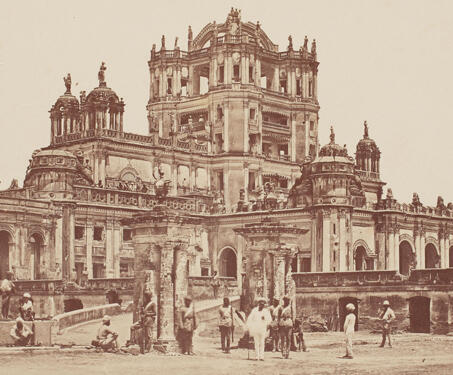
This photograph of La Martiniere, the oldest college in Lucknow, was taken by photographer Felice Beato (1832-1909) in 1858. General Claude Martine (1735–1800), a Frenchman, constructed La Martinere in 1795. It was intended to be a country home and was given the original name Constantia. The place was later converted into a college and served… Read more »
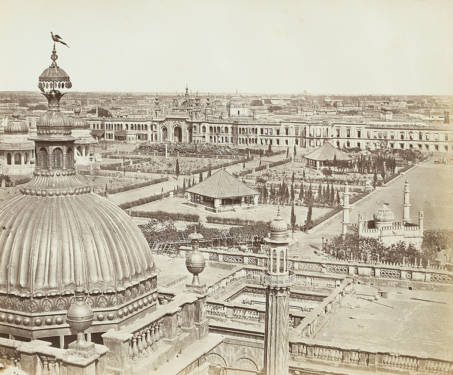
Tracing the popularisation of the panorama in photography, from its invention by a painter to the pioneering work of Felice Beato
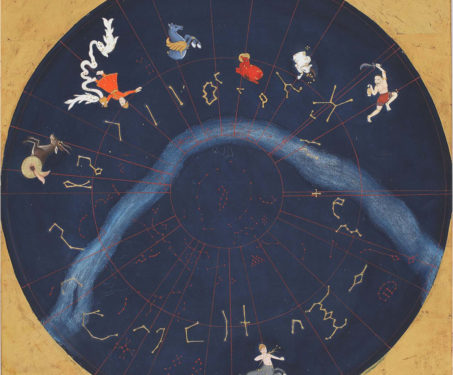
Why do we collect what we do? The inexorable pull of nostalgia. The simple human need to draw closer to beauty. The undeniable thrill of acquisition. All these influence the act of collecting. At our archive, each potential addition to the collection is judged by one other criteria: Can this object expand our understanding of the Indian subcontinent and its inexhaustible vault of stories?
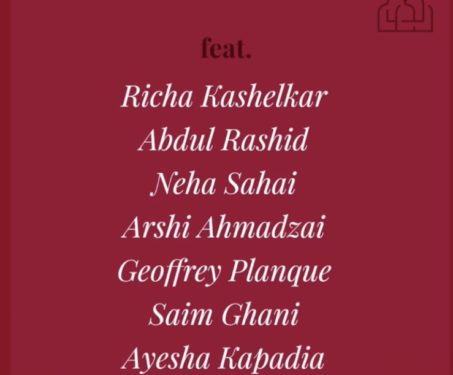
Inside the studios and minds of seven contemporary artists who have interpreted and re-imagined objects from our collection to tell us stories in their unique styles
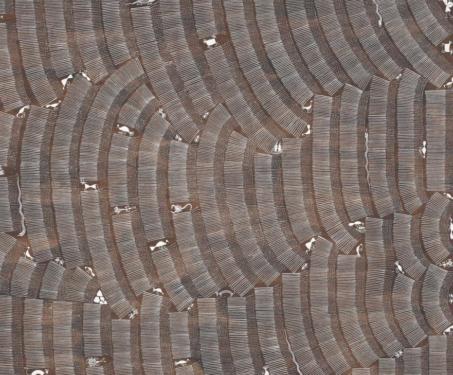
We examine the themes presented in Saju Kunhan’s work as they are represented in our collection of rare 19th-century portraits, war photography, engravings, contemporary art and Warli painting
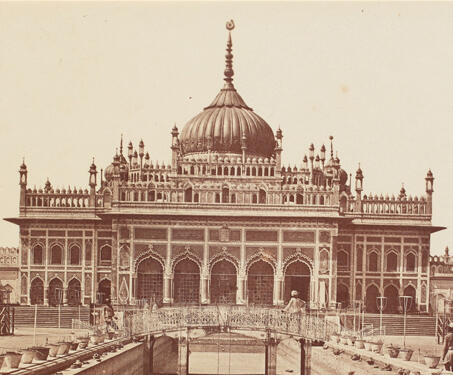
The Hussainabad Imambara (Hosainabad, Lucknow), more commonly known as the Chhota Imambara at Lucknow was built between 1837 and 1842 by Nawab Muhammad Ali Shah. The structure was built both to function as a congregation hall for Shia Muslims but also as a mausoleum for the Nawab and his mother. A prominent gilded dome sits… Read more »
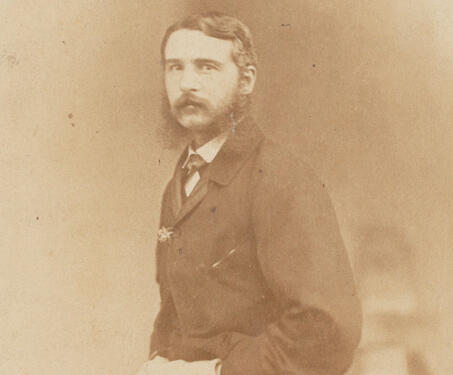
This albumen photograph is of Sir Henry Tombs (1825-1874) as captured by Felice Beato. Tombs was born on 10th November 1825 in Calcutta, India. His father, Major General John Tombs, was a soldier and commanded the 3rd Bengal Cavalry at the Siege of Bhurtpore from 1824. Sir Henry completed his education and entered the Royal… Read more »
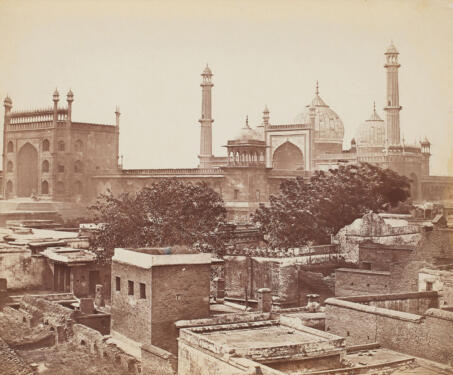
The Jama Masjid, Delhi was built between 1650 and 1658 by Shah Jahan in Shahjahanabad. The Sanctuary’s main facade consists of five arches on either side of a massive central lawn. It is built in red sandstone with decorations in white and black marble. The minarets have white marble stripes inlaid while the domes feature… Read more »
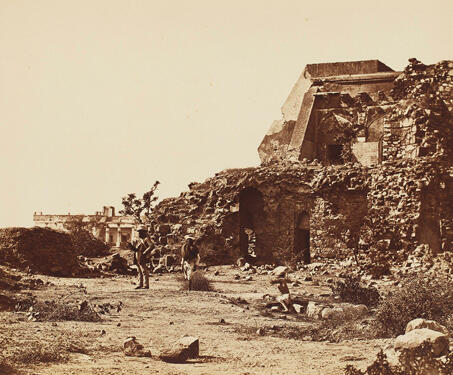
The monument was constructed as a hunting lodge and an observatory by Firuz Shah Tughlaq. The observatory was at the centre of the action during the siege of Delhi, in the Uprising of 1857. It was occupied by the British and used as an outpost. The heavy battery used by the British, was stationed very… Read more »
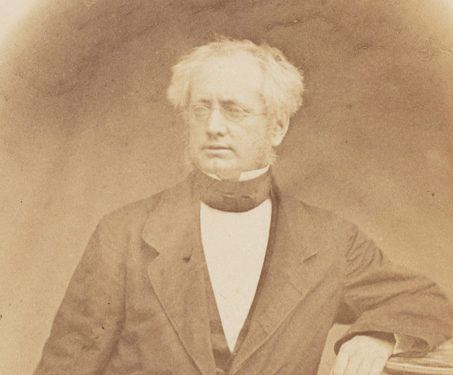
Sir Robert Montgomery was a British administrator in India. He was appointed to the Indian civil service in 1827 and at the start of the Uprising of India, he disarmed the native garrisons in Lahore. He was awarded with a knighthood for this action. After the quelling of the Uprising, Montgomery served as Chief Commissioner… Read more »
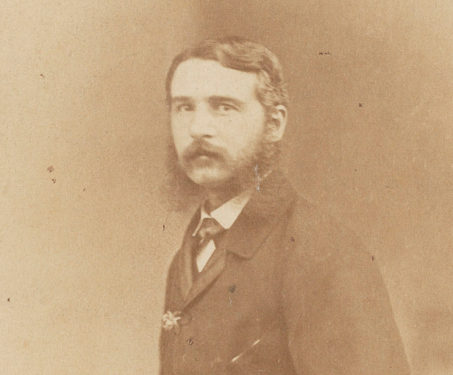
Sir Henry Tombs was gazetted to the Bengal Artillery as a Second Lieutenant and served in the First and Second Anglo-Sikh wars, as well as the Uprising of 1857. More about the Uprising here and fascinating insights from the frontlines and on the ground by Prof. Rudrangshu Mukherjee here. Felice Beato was a European photographer renowned… Read more »
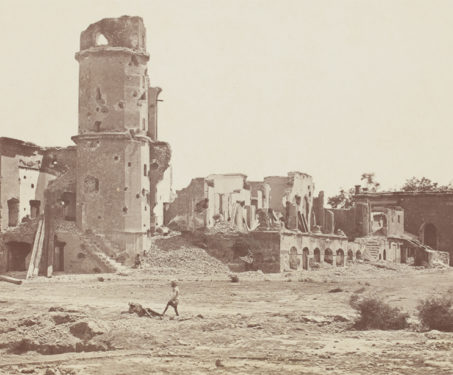
By the time Felice Beato arrived with his camera in 1858, the actual fighting had stopped. How then did he create such evocative photographs of war?
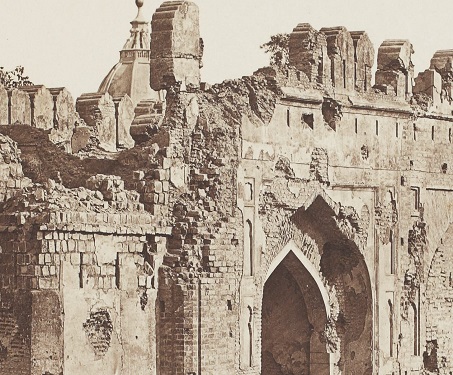
The Sarmaya collection holds an extensive range of Felice Beato’s work depicting the aftermath of the Uprising of 1857 in places like Delhi, Lucknow and Kanpur, which bore the brunt of the violence. The devastation of Kashmere Gate in Delhi was one of the landmark moments that marked the beginning of the revolution’s end. Felice… Read more »
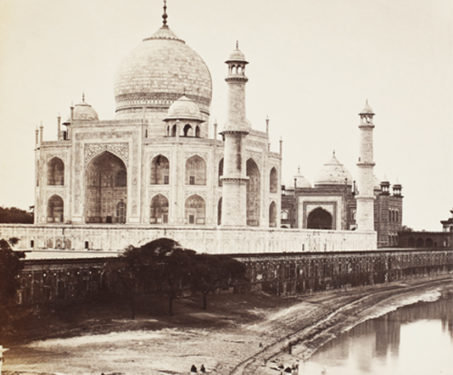
Just like us, people in the 1800s too wanted to look their best in pictures. They put on their finest clothes, made sure all their nicest possessions were all in the frame and angled the lens so it would tell their side of the story. Through a sampling of the works in Sarmaya’s first ever… Read more »